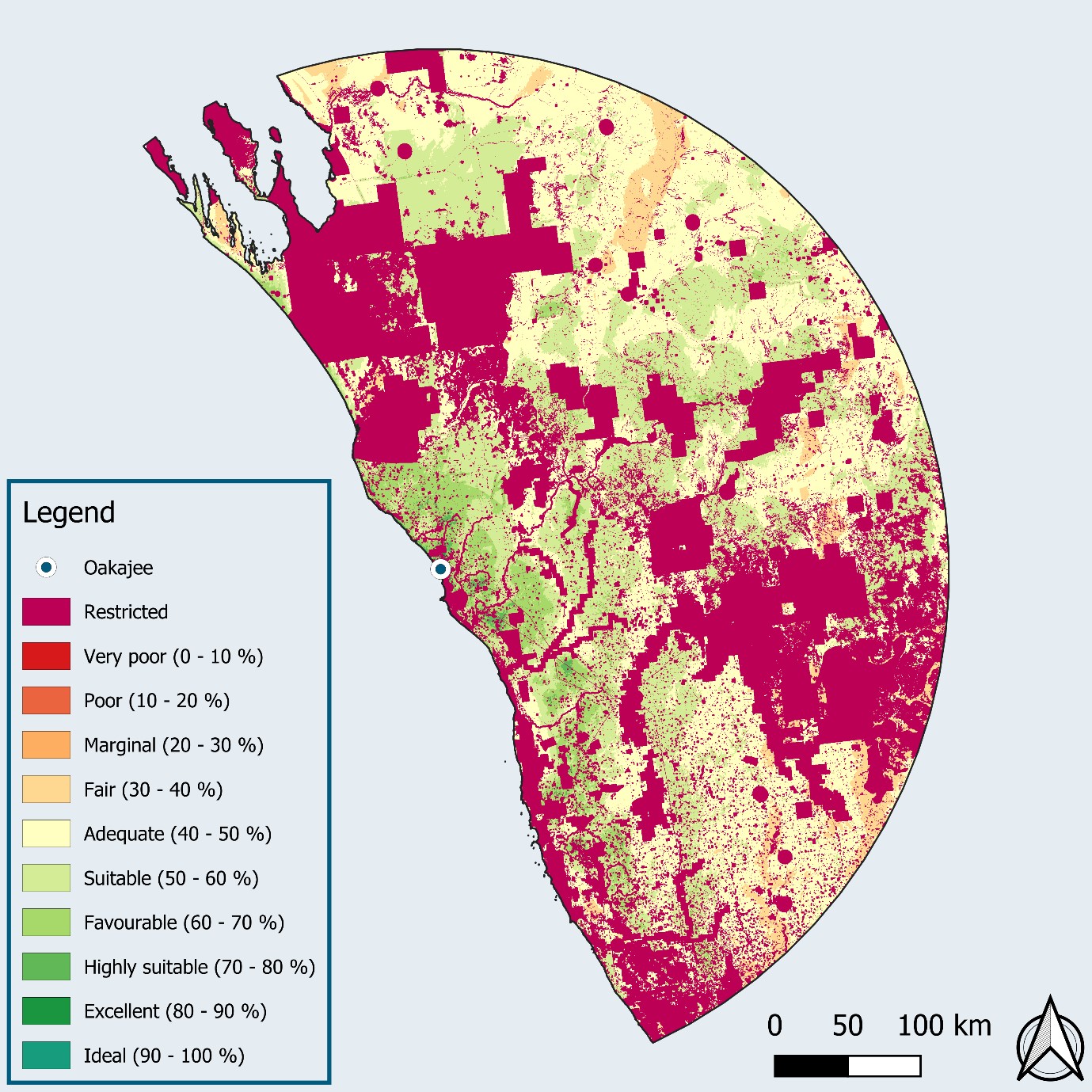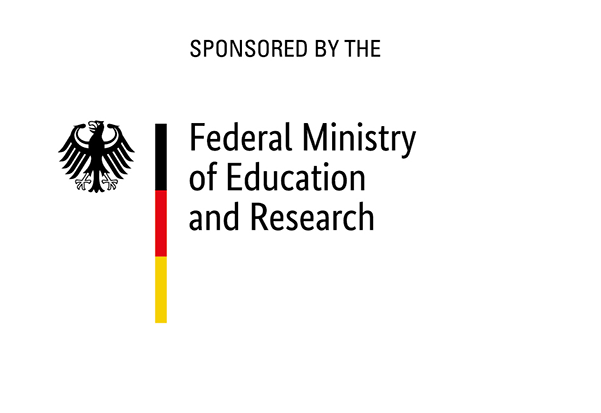| Duration: | 06/2023 - 05/2024 |
| Contracting Authority/ Sponsors: |
Federal Ministry of Education and Research (BMBF), Germany Government of Western Australia Ministry of Economic Affairs and Climate Policy, Netherlands |
| Partners | Port of Rotterdam Western Australia acting by and through its Department of Jobs, Tourism, Science and Innovation |
| Project Focus: |
Hydrogen hub TrHyhub - Trilateral Hydrogen Innovation and Export Hub between Western Australia, the Netherlands and Germany
With REPowerEU, the European Union (EU) has set itself the goal of importing ten million tons of renewable hydrogen from neighbouring countries and overseas by 2030 in order to replace fossil fuels in all sectors in Europe. Achieving this goal will require joint efforts by the member states and reliable partner countries.
To this end, Germany and Australia had previously looked into the possibility of importing renewable hydrogen from Australia as part of the »HySupply« project funded by the German Federal Ministry of Education and Research (BMBF). The study »Site-specific, Comparative Analysis for Suitable Power-to-X Pathways and Products in Developing and Emerging Countries« by Fraunhofer ISE on behalf of the H2Global Foundation also concludes that Western Australia has a unique combination of great potential for renewable energy, low hydrogen production costs, high land availability and political stability.
The Port of Rotterdam and Fraunhofer ISE are working with Australian partners to develop a new »first-class port complex« for hydrogen and derivatives such as ammonia. This joint initiative, supported by the Western Australian, German and Dutch governments, aims to facilitate the production and export of green hydrogen to Europe while promoting knowledge exchange and creating business opportunities for companies.
In their work package, reserachers from Fraunhofer ISE are investigating the supply chain and the associated specific technological solutions that should enable the export of green hydrogen from Western Australia via the Port of Rotterdam to German customers. One of their tasks is to determine the theoretical potential for renewable energy production in the Oakajee region of Western Australia and to identify areas with a high suitability rate. This is followed by detailed modeling of the production of renewable hydrogen and hydrogen derivatives such as ammonia or methanol and the transport of the derivatives to the Port of Rotterdam. In addition, transportation from the Port of Rotterdam to potential industrial customers in Germany, including means of transport, transportation costs and time, is also considered. For transportation from the port to the customer, gaseous hydrogen is also considered.
In addition, gaps in existing hydrogen certification systems are identified with regard to their applicability to various power-to-X products such as ammonia, liquid hydrogen or methanol in the TrHyHub supply chain and recommendations for action to close them are developed for policymakers. Furthermore, innovative energy storage systems are analyzed in order to identify a cost-effective energy storage system at the optimal point in the system chain.

